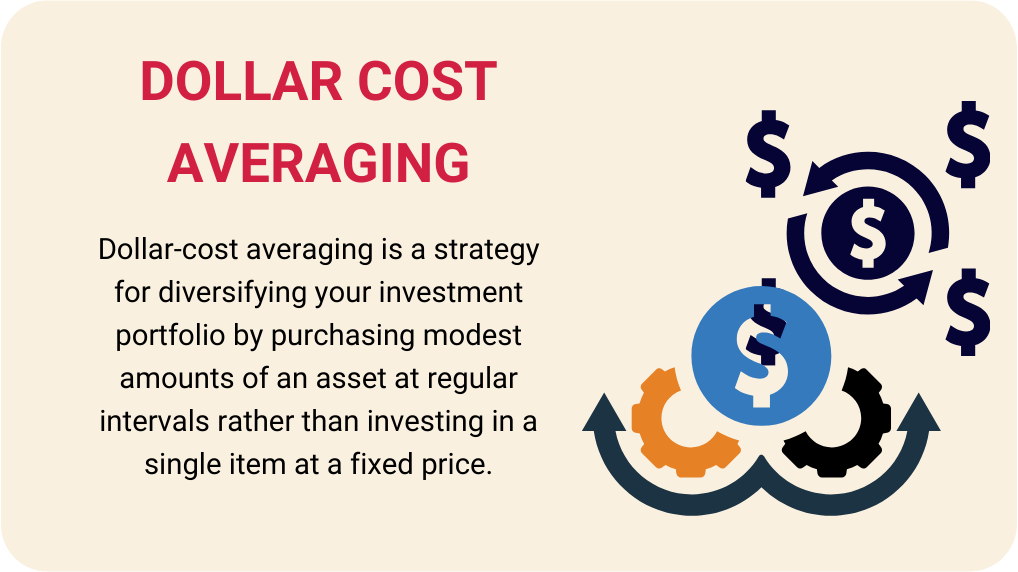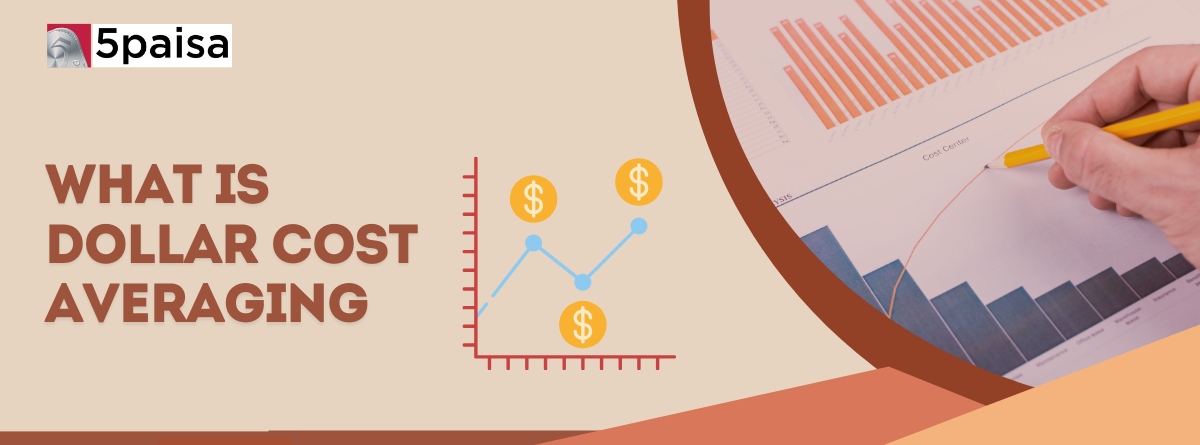Content
- What Exactly is Dollar Cost Averaging?
- Market Timing vs. Dollar Cost Averaging
- Who Can Benefit from Dollar-Cost Averaging?
- The Downsides of Dollar-Cost Averaging
- Final Thoughts
Dollar cost averaging is a tactic that can lower your investing costs and reduce risk at the same time. Dollar cost averaging can help you cut your investing costs and increase profits over the long term.
To dollar-cost-average, you invest the same amount of money at regular periods in a certain asset. Instead of trying to time the market, you purchase at a variety of prices. Dollar-cost averaging isn't for everyone, and there are situations when it works better than alternative investing techniques.
In removing some of the emotional barriers to investing, however, it can be an effective tool. In this post, you’ll learn how dollar-cost averaging works and when it's the most effective for saving money along with its potential downsides.

More Articles to Explore
- Difference between NSDL and CDSL
- Lowest brokerage charges in India for online trading
- How to find your demat account number using PAN card
- What are bonus shares and how do they work?
- How to transfer shares from one demat account to another?
- What is BO ID?
- Open demat account without a PAN card - a complete guide
- What are DP charges?
- What is DP ID in a demat account
- How to transfer money from demat account to bank account
Disclaimer: Investment in securities market are subject to market risks, read all the related documents carefully before investing. For detailed disclaimer please Click here.





